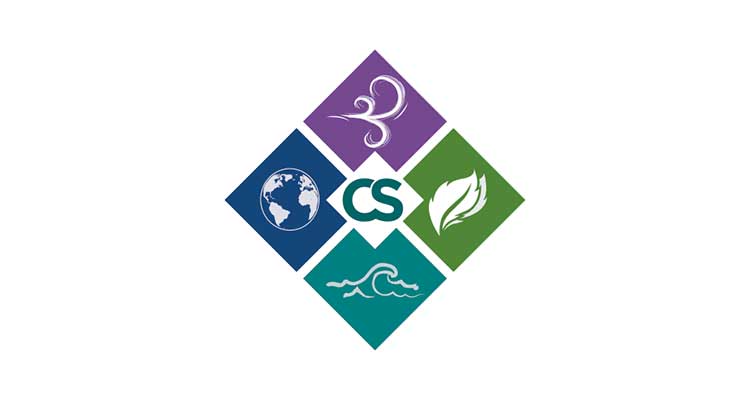The EPA Waste Biennial Report (BR) must be submitted to the authorized state agency or EPA regional office by March 1, 2018, and must include hazardous waste generation activities from the calendar year 2017.
It is important to take the time to carefully review your facility to determine the quantity of waste generated during 2017 and determine if these quantities require reporting.
The EPA changes to Biennial waste reporting update the hazardous waste generator regulations to make the rules easier to understand, facilitate better compliance, provide greater flexibility in how hazardous waste is managed and close important gaps in the regulations.
Two key provisions of these Waste Biennial Report changes are:
- Allowing a hazardous waste generator to avoid increased burden of a higher generator status when generating episodic waste provided the episodic waste is properly managed, and…
- Allowing a very small quantity generator (VSQG) to send its hazardous waste to a large quantity generator under control of the same person.
In addition, these changes enhance the safety of facilities, employees, and the general public by improving hazardous waste risk communication and ensuring that emergency management requirements meet today’s needs. More information on the new requirements can be found here.

Chemical Safety’s EMS Software
Chemical Safety’s EMS software is designed to calculate and report only the generated waste that meets the reporting thresholds as required from small and large quantity generators. The Waste Biennial Report (BR) is compiled in a Federally approved reporting format that can be submitted after it has been reviewed for accuracy. EMS offers both paper and electronic reporting options for the submittal of the Waste Biennial Report.

